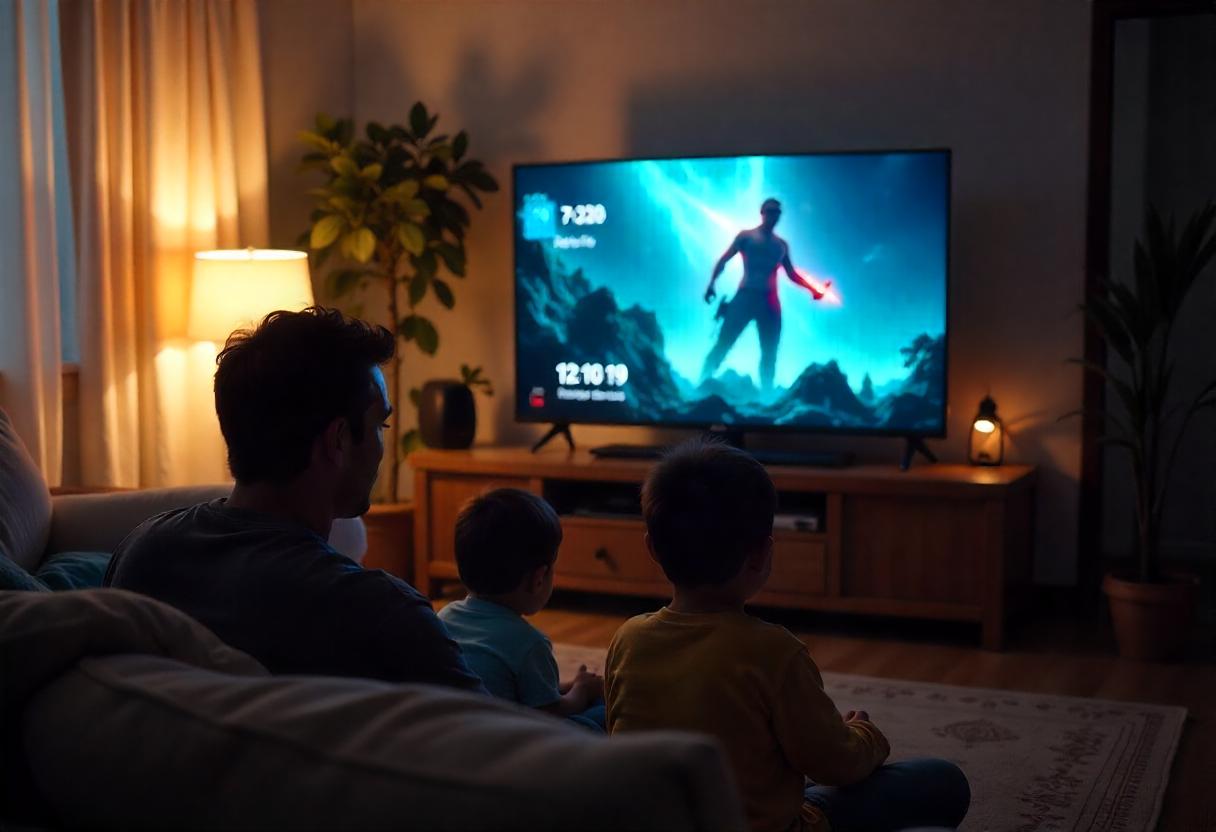The gaming industry has evolved into a global phenomenon, with games reaching audiences across diverse cultures and economies. To maximise revenue and player engagement, game developers must adapt their monetisation strategies to fit the unique preferences and regulations of each market. This article will delve into the importance of localisation in in-game monetisation and provide insights into successful strategies for different regions.
Introduction to Game Localisation
Game localisation is the process of adapting a game to fit the cultural, economic, and legal landscape of a target market. This involves more than just translating text; it includes adapting game content, characters, storylines, and even gameplay mechanics that seamlessly click with local players.
Importance of Localisation
- Cultural Relevance: Games that are culturally relevant resonate better with players. This includes using local settings, characters, and storylines that appeal to regional tastes. For example, incorporating local festivals or holidays into the game can enhance its overall appeal and depth. Cultural relevance also involves understanding local values and norms, ensuring that the game does not offend or misrepresent any cultural group.
- Economic Considerations: Different regions have varying economic conditions that affect spending habits. For instance, some regions may prefer ad-supported models due to limited disposable income, while others may favor premium models. Understanding these economic conditions is crucial for choosing the right monetisation strategy.
- Legal Compliance: Ensuring that games comply with local laws and regulations is crucial. This includes data privacy laws, age restrictions, and gambling regulations. For example, the General Data Protection Regulation (GDPR) in Europe requires specific data handling practices, while China has strict regulations on online gaming content.

Regional Monetisation Preferences
Different regions have distinct spending habits and preferences when it comes to in-game monetisation. Understanding these preferences is crucial for developing effective strategies.
Asia
- Free-to-Play (F2P) Models: The Asian market, particularly China, Japan, and Korea, is dominated by F2P models with in-app purchases (IAPs). Players in these regions often engage in competitive games where spending can enhance gameplay or provide cosmetic items. Games like "Mobile Legends" and "PUBG Mobile" have seen significant success using this model. The F2P model is popular because it allows players to try the game without an initial cost, and IAPs provide a way for players to enhance their experience.
- Gacha Systems: Inspired by Japanese gachapon vending machines, these systems appeal to collectors seeking to complete sets. They are widely used in popular games lie "Granblue Fantasy", "Fate/Grand Order", and “Genshin Impact.” Players are motivated by the thrill of acquiring rare items, which can lead to significant revenue. Gacha systems often involve random rewards, which can be controversial due to their similarity to gambling. However, they remain popular in Asia due to their social and competitive aspects.
- Social Gaming: Social features are highly valued in Asia, with many games incorporating social elements to foster community engagement. This includes features like guilds, chat systems, and social media integration. Social gaming enhances player retention by creating a sense of belonging and encouraging collaboration or competition among players.
Europe and North America
- Premium and Subscription Models: These regions tend to favor premium or subscription-based models, though F2P models are also popular, especially among casual gamers. Players in these markets often prefer quality content without ads and are willing to pay for it. Games like "World of Warcraft" and "Final Fantasy XIV" have successful subscription models. Premium models offer a complete gaming experience upfront, while subscription models provide ongoing content and support.
- In-Game Ads: While less common, ads can be effective in casual titles, providing a free experience for players. However, these ads must be non-intrusive and relevant to avoid player frustration. Ad-supported models are more common in casual games, where players are less likely to spend money on in-game purchases.
- Esports and Competitive Gaming: These regions have a strong focus on competitive gaming, with monetisation strategies often centered around esports events and sponsorships. Games like "League of Legends" and "Dota 2" have thriving esports scenes. Monetising through esports involves sponsorships, merchandise sales, and event ticket sales, providing a lucrative revenue stream for popular titles.
Latin America and Africa
- Ad-Supported Models: These regions often prefer free games with ads due to economic constraints and limited access to premium services. However, there is a growing interest in F2P models as mobile gaming becomes more accessible.
- Growing Mobile Market: The mobile gaming market is expanding rapidly in these regions, offering opportunities for developers to tap into emerging markets. Games like "Clash of Clans" and "Candy Crush Saga" have been successful in these regions. Mobile gaming is particularly popular due to the widespread availability of smartphones and mobile internet.
Strategies for Effective Localisation
- Conduct Market Research: Understand local spending habits, cultural preferences, and regulatory requirements. This involves analysing market trends, player behavior, and competitor strategies. For example, using market research tools to identify popular genres and monetisation models in a region. Market research helps developers tailor their game to meet local expectations and preferences.
- Adapt Monetisation Models: Tailor your monetisation strategy to fit regional preferences. For example, using F2P models in Asia and premium models in Europe. This requires understanding the economic conditions and player behavior in each region. Adapting monetisation models ensures that the game is financially viable and appealing to local players.
- Cultural Sensitivity: Ensure that all content, including ads and in-game items, is culturally relevant and respectful. This includes avoiding stereotypes and ensuring that game narratives align with local values. For instance, using local festivals or holidays as themes in the game. Cultural sensitivity is crucial for building trust with local players and avoiding negative publicity.
- Technical Adaptations: Ensure that the game's technical aspects, such as payment systems, are compatible with local infrastructure. This includes supporting local currencies and payment methods. For example, integrating Alipay in China or PayPal in Europe. Technical adaptations ensure that players can easily purchase in-game items or subscriptions, enhancing the overall gaming experience.
- Continuous Feedback and Updates: Monitor player feedback and update the game accordingly to maintain a positive player experience. This involves engaging with the community through social media and forums to gather feedback and make necessary adjustments. Continuous feedback helps developers identify and fix issues promptly, improving player satisfaction and retention.
Case Studies
- Pokémon GO: Successfully localised by incorporating local landmarks and events, enhancing its global appeal. The game's ability to adapt to different regions helped it become a global phenomenon. For example, incorporating local Pokémon into the game based on regional folklore. This approach not only made the game more engaging but also encouraged players to explore their surroundings.
- Genshin Impact: Features a fully voice-acted storyline and localised events, contributing to its worldwide success. The game's developers, miHoYo, have been praised for their attention to cultural detail. The game includes characters and storylines inspired by various cultures, making it appealing to a broad audience. Genshin Impact's localisation efforts have helped it achieve a strong global following.
- Mobile Legends: Bang Bang: Localised content for various regions, leading to widespread popularity in Southeast Asia. The game's competitive esports scene has also been tailored to regional preferences. For instance, hosting regional tournaments and incorporating local themes into the game. This approach has helped Mobile Legends become a leading title in Southeast Asia.

Challenges in Localisation
- Cultural Misunderstandings: Misinterpreting cultural nuances can lead to negative reactions from players. For example, using symbols or imagery that are offensive in certain cultures. This highlights the importance of thorough cultural research and sensitivity. Cultural misunderstandings can lead to negative publicity and damage to the game's reputation.
- Regulatory Compliance: Ensuring compliance with local laws and regulations can be complex, especially in regions with strict data privacy laws. For instance, complying with GDPR in Europe requires specific data handling practices. Regulatory compliance is essential to avoid legal issues and maintain player trust.
- Technical Challenges: Adapting games to local technical standards, such as payment systems and network infrastructure, can be challenging. This includes ensuring that the game runs smoothly on local hardware and internet connections. Technical challenges can impact the game's performance and player experience, making it crucial to test and adapt the game for different regions.
Overcoming Challenges
- Collaborate with Local Partners: Partnering with local developers or publishers can help navigate cultural and regulatory challenges. Local partners can provide insights into regional preferences and help ensure compliance with local laws. Collaboration can also facilitate access to local markets and talent.
- Continuous Testing: Conduct thorough testing to ensure that the game meets local technical standards and cultural expectations. This involves beta testing with local players to gather feedback. Continuous testing helps identify and fix issues early, reducing the risk of negative reviews and improving player satisfaction.
- Player Feedback: Engage with the community to gather feedback and make necessary adjustments to improve the player experience. This includes monitoring social media and forums for player comments and concerns. Player feedback is invaluable for identifying areas for improvement and ensuring that the game meets local expectations.
Future Trends in Game Localisation
- Emerging Markets: Regions like Latin America and Africa are becoming increasingly important for game developers, offering opportunities for growth. These markets are expanding rapidly, driven by increasing mobile penetration and internet access. Developers can tap into these emerging markets by adapting their games to local preferences and economic conditions.
- Cloud Gaming: The rise of cloud gaming could simplify localisation by reducing the need for local infrastructure and technical adaptations. Cloud gaming allows players to access games without the need for high-end hardware, making it easier to reach a broader audience. This could reduce the complexity and cost associated with localising games for different hardware configurations.
- AI and Automation: AI can help automate localisation processes, such as translation and content adaptation, making it more efficient and cost-effective. AI tools can assist in translating text, adapting cultural content, and even predicting player preferences. Automation can streamline the localisation process, allowing developers to focus on other aspects of game development. AI can help automate localisation processes, such as translation and content adaptation, making it more efficient and cost-effective. AI tools can assist in translating text, adapting cultural content, and even predicting player preferences. Automation can streamline the localisation process, allowing developers to focus on other aspects of game development.
Additional Tips for Game Developers
- Stay Updated on Market Trends: Continuously monitor market trends and player behavior to adjust your monetisation strategies accordingly. This involves tracking changes in player preferences and competitor strategies. Staying updated helps developers adapt to evolving market conditions and maintain a competitive edge.
- Engage with Local Communities: Building strong relationships with local gaming communities can provide valuable feedback and insights into regional preferences. This includes participating in local gaming events and engaging with players on social media. Community engagement helps developers understand local needs and preferences, ensuring that their games resonate with players.
- Invest in localisation tools: Utilise tools and technologies that streamline the localisation process, such as automated translation services and cultural consulting firms. These tools can help reduce costs and improve efficiency in the localisation process. Investing in localisation tools can enhance the quality and speed of localisation efforts.
By following these strategies and staying adaptable to changing market conditions, game developers can ensure that their titles resonate with players worldwide, leading to increased success and revenue in the competitive gaming industry.
Localising in-game monetisation strategies is essential for game developers aiming to succeed in the global market. By understanding regional preferences and adapting monetisation models accordingly, developers can increase engagement, improve player satisfaction, and ultimately boost revenue. Effective localisation not only enhances the gaming experience but also demonstrates a commitment to quality, fostering brand loyalty and driving long-term success.



